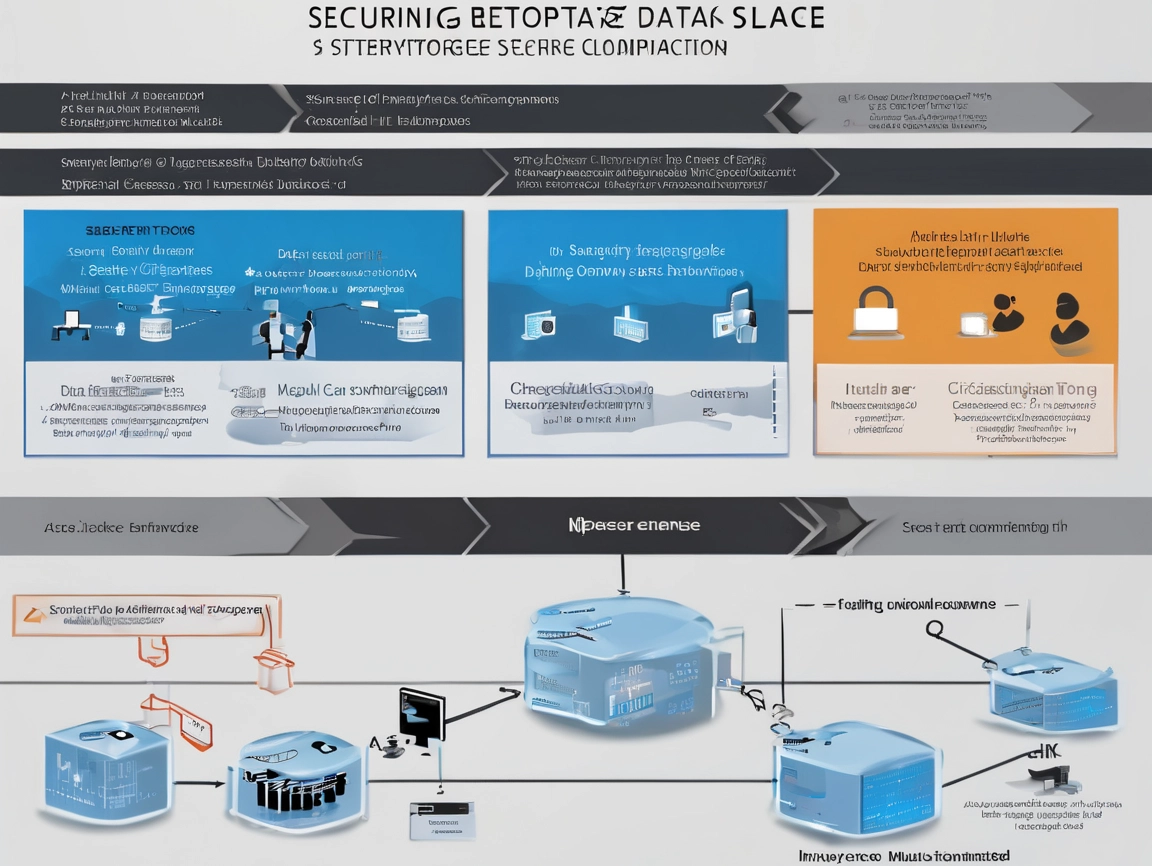Best Practices for Securing Data in Azure Data Lake Storage
To ensure the security of data in Azure Data Lake Storage, organizations should adopt a multi-layered approach to security, beginning with proper data classification. By categorizing data based on its sensitivity and importance, businesses can apply tailored security measures that align with their compliance requirements. Tools such as Azure Policy can help organizations enforce these classifications across their environments, ensuring that sensitive data is automatically subjected to stricter access controls.
Another important practice is to regularly audit and monitor access to ADLS. Azure provides services like Azure Monitor and Azure Security Center, allowing organizations to track who accesses data and how it is used. By setting up alerts for anomalous activities, businesses can quickly identify potential threats and mitigate risks before they escalate. Regular audits also help organizations ensure adherence to compliance frameworks such as GDPR or HIPAA, which necessitate stringent data management practices.
Additionally, it is crucial to establish a comprehensive data lifecycle management strategy. Data should be retained only as long as necessary, and organizations should implement automated retention policies to delete obsolete information. Utilizing Azure Data Lake Storage’s capabilities to tier data based on usage can also help optimize costs while minimizing the exposure of sensitive information. For more detailed guidance, Microsoft provides a Data Lake Security Best Practices resource.
Implementing Robust Access Controls and Encryption Techniques
Implementing robust access controls is fundamental to securing data in Azure Data Lake Storage. Role-Based Access Control (RBAC) enables organizations to assign permissions based on user roles, ensuring that employees only have access to the data necessary for their functions. By adhering to the principle of least privilege, organizations can minimize the risk of unauthorized access. Additionally, integrating Azure Active Directory (Azure AD) for identity management can streamline user authentication and authorization processes, enhancing overall security.
Encryption is another critical component in safeguarding data. Azure Data Lake Storage provides both server-side and client-side encryption options to protect data at rest and in transit. Server-side encryption (SSE) automatically encrypts data before it is written to the disk, while client-side encryption allows users to encrypt data prior to uploading it to ADLS. Utilizing Azure Key Vault for managing encryption keys adds an extra layer of security by ensuring that keys are stored securely and are accessible only to authorized users. Detailed information on encryption methods can be found in the official Azure Encryption Documentation.
Furthermore, organizations should routinely review and update their access controls and encryption policies to adapt to evolving security threats. Implementing Azure Security Center’s recommendations can help identify vulnerabilities and outdated configurations. Regular training for staff on security best practices and awareness can also contribute significantly to safeguarding sensitive data, as human error is often a leading cause of data breaches. Keeping abreast of security trends and updates from Azure ensures that organizations can proactively defend their data assets.
Securing enterprise data in Azure Data Lake Storage is a multifaceted challenge that requires a proactive and strategic approach. By implementing best practices, robust access controls, and effective encryption techniques, organizations can significantly mitigate risks associated with data breaches and ensure compliance with regulatory standards. as data continues to be a valuable asset, investing in comprehensive security measures and trusted Cloud solutions like Azure Data Lake Storage will not only protect sensitive information but also enhance business resilience.




